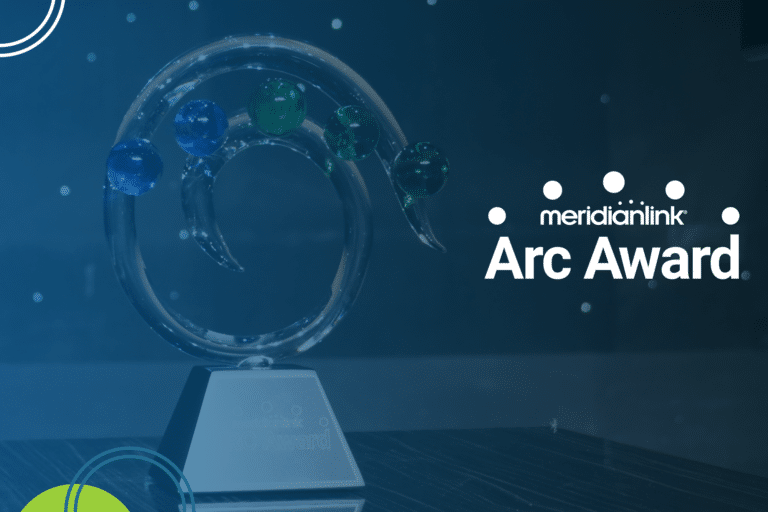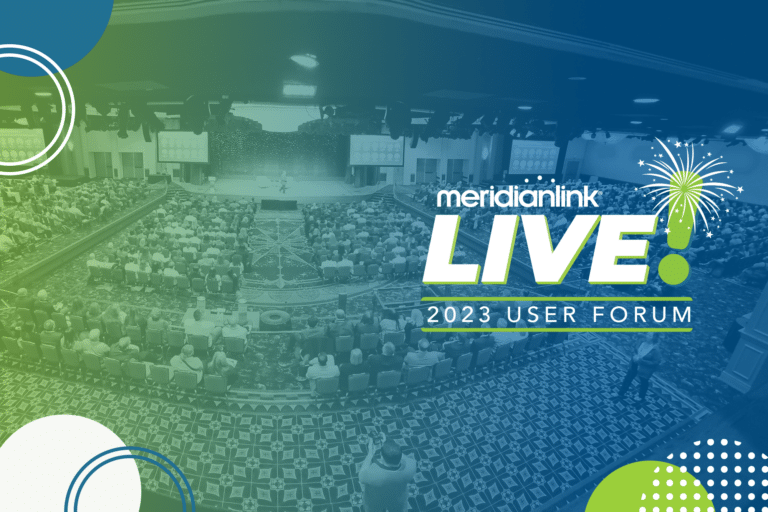FACT: most of us have used jargon at some point regardless of how annoying it may be for those on the other end of an explanation or conversation. It’s defined as special words or expressions used by a particular profession or group and are difficult for others to understand. As worn out or sometimes abused as jargon might be, especially in our industry, it’s still used for a reason – it’s convenient and a short cut.
One particular example that certainly applies to technology or business processes associated with indirect lending appeared last year on Forbes’ list of most annoying business jargon. It was explaining that something has lots of moving parts. In case you’re wondering, core competency took the top spot on the list.
Let’s talk about moving parts that apply here. Indirect lending programs can be very complex considering the number of defining factors within the process of securing, decisioning and funding loans as well as the intricate relationships and lines of communications that must be maintained. With speed and automation being so critical to success, finding the right loan origination software that excels in every area can sometimes be a massive challenge.
To help institutions compare their current platforms to the various other solutions available today, here are three of the most important things to consider when evaluating a system’s indirect lending capabilities:
- Dealer portal connections such as CUDL, Dealertrack and RouteOne: If auto-decisioning improves decision turnaround time but the creation of the applications and communications to the dealer are all manual, then your overall turnaround time suffers. Expediting that process is key to increasing success, and the use of established dealer portals like CUDL, Dealertrack and RouteOne is a must. Your loan software should have established interfaces to these providers for application imports/updates, decision and analyst communications, and status tracking. This not only shortens your decision time but allows for quicker funding.
- Unique dealer pricing: Part of your automation process around your indirect products needs to include your pricing strategy. The system should be able to handle risk-based pricing scenarios for the assignment of buy/contract rates, but to do that at a product level alone is not flexible enough. Each dealer needs to be able to have unique pricing, if required. While pricing may be uniform across your dealerships, having the ability to reward better partners with better rates needs to be an option. Additionally, and perhaps most importantly, you should evaluate how the system is able to use multiple factors to assign rates. This might include credit scores, custom scores, LTV, DTI, vehicle mileage, and vehicle age, among others.
- Support for eContracting and eDocs: If your loan origination system has access to eDocs or eContracting, the processing and funding timeline can be greatly shortened from days to hours. These services can verify the contract and then send it electronically into the loan software along with the contract details so your staff does not have to rekey the loan. The eContracting functionality can import the contract details and run the funding rules to ensure that everything is in order and then automatically fund the loan, removing manual intervention almost completely.
Indirect lending continues to be a highly competitive market among banks and credit unions of all sizes, and these are just a few of the important considerations your financial institution should use to evaluate whether its in-house loan software can get the job done or whether outsourced technology and services would be the more effective option.
Sandia Laboratory Federal Credit Union was searching for ways to streamline its indirect lending processes onto one powerful system before it decided to partner with MeridianLink. With easy access to all major portals such as CUDL and Dealertrack, as well as unifying all consumer lending with one platform, SLFCU was able to increase application by 168 percent and processing times reduced from 30 minutes down to 7-10 minutes. To read more about SLFCU’s challenges and how MeridianLink’s loan origination system helped address them, please click the button below to download our complimentary case study.






